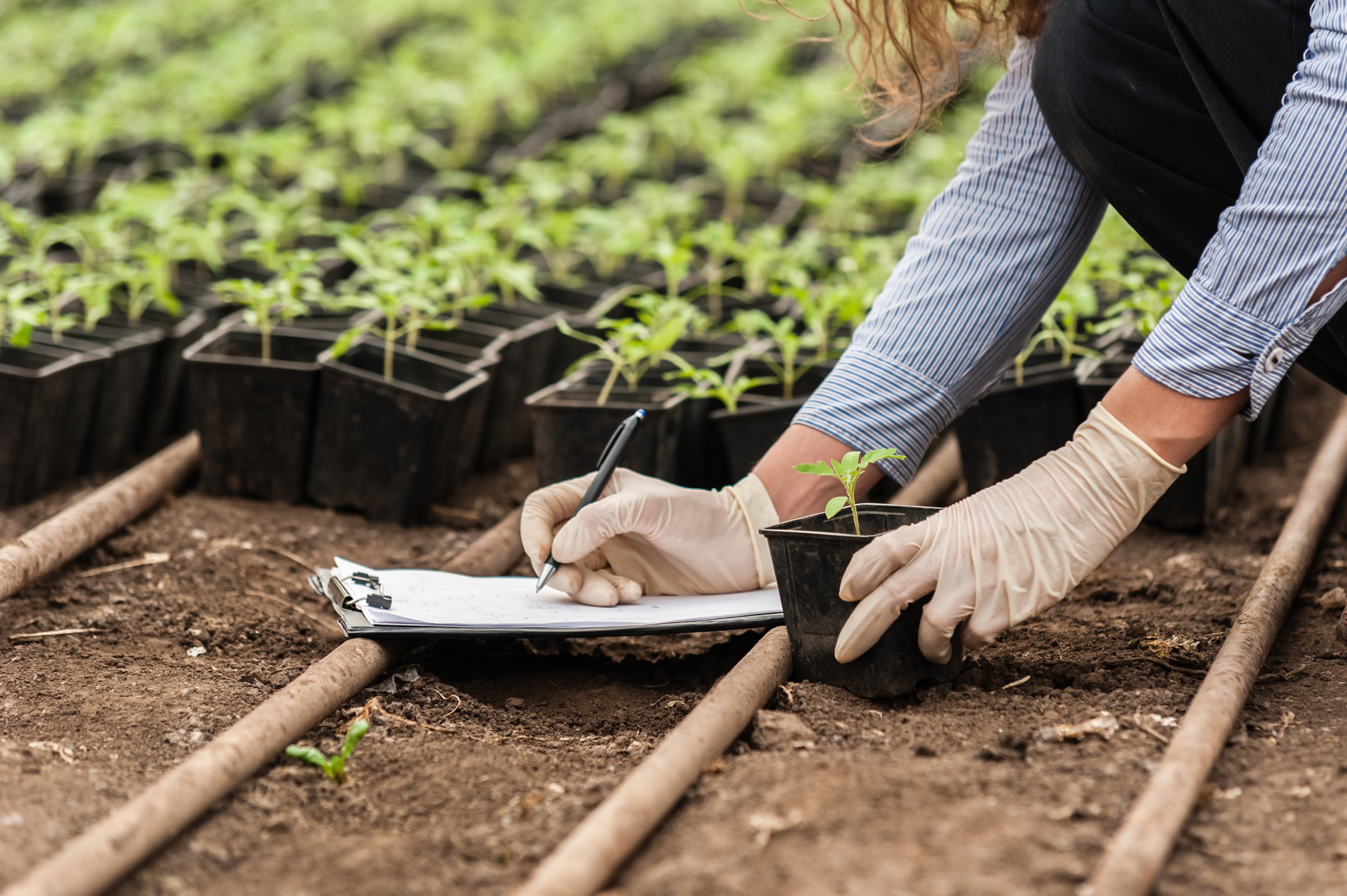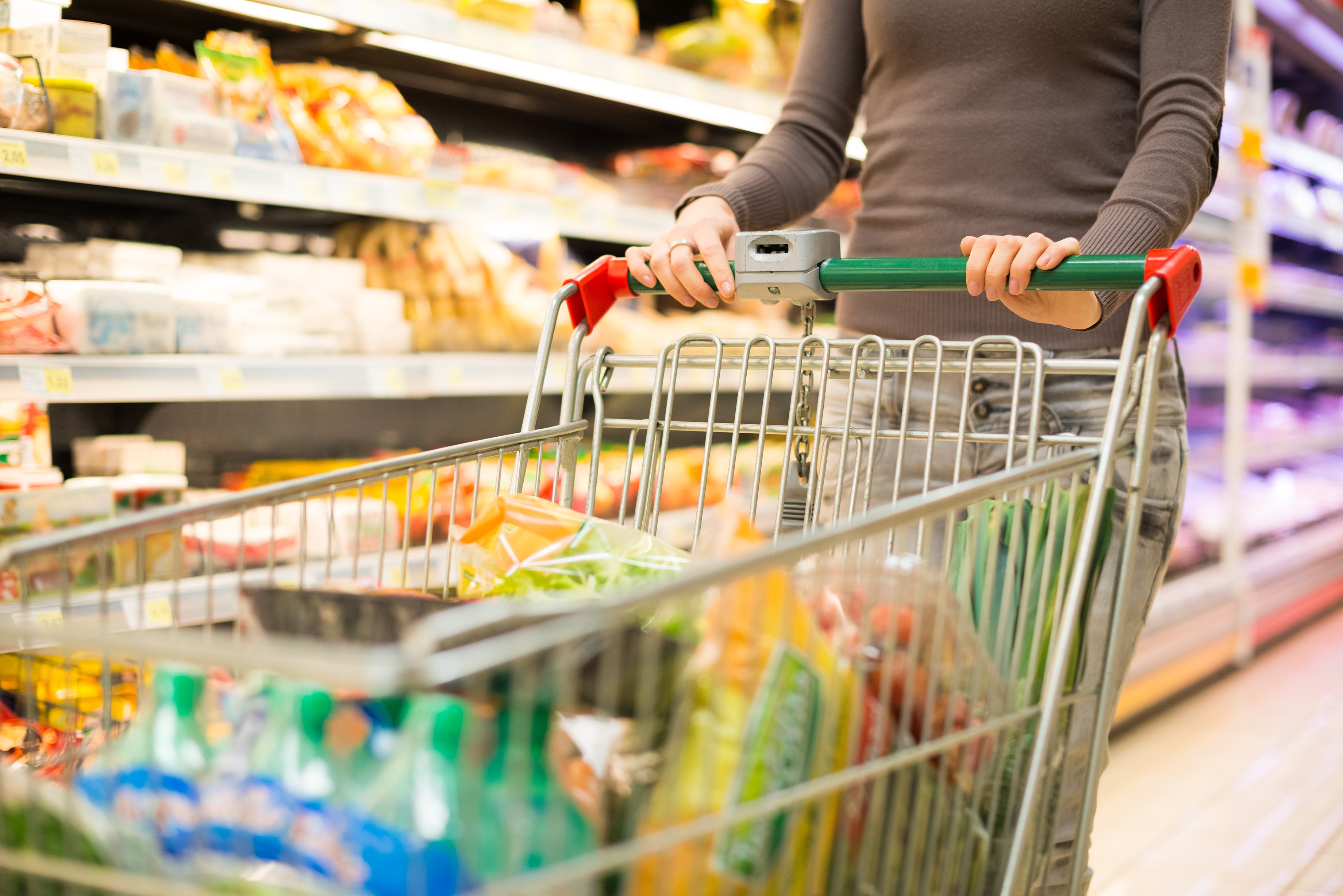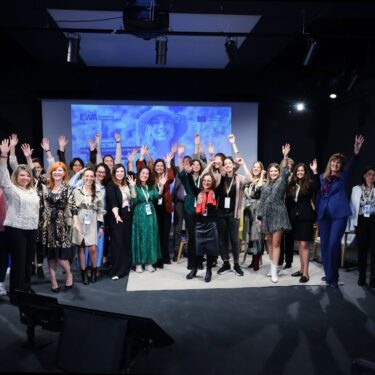How Technology is Shaping Food Waste Prevention
The scale of food waste in the European Union is staggering — every year about 88 million tonnes of food are wasted across Europe, at a cost of €143 billion. According to the UN Food and Agriculture Organization (FAO), this means that about a third of all food is wasted globally. Food waste is generated at all sectors of the food value chain: 70 percent of waste comes from food service, retail, and households, according to a report by FUSIONS, an EU project that aimed to quantify food waste in Europe. FUSIONS reports the remaining 30 percent of food waste occurs in the production and processing spheres.
Reducing food waste can have far-reaching benefits that go beyond saving money. The European Commission calls food waste an “ethical” issue: wasted food is responsible for around 8 percent of global greenhouse gas emissions, and hunger is still a significant problem in Europe. While so much food is thrown away, 43 million Europeans remain unable to eat a quality meal every second day, according to the European Commission.

In a new August 2019 report, the World Resources Institute (WRI) identifies a three-step approach best suited to tackling food waste: set a target, measure the problem, and act to solve it. The target has already been set: in 2016, EU member states declared their commitment to achieving the United Nations Sustainable Development Goal 12.3, which calls for food waste at the retail and consumer levels to be cut in half by 2030, along with reductions in food loss in the food supply chain.
Now, new technologies in Europe and around the world can help businesses, governments, and individuals measure how much food they’re wasting and take meaningful action to reduce it.
Measurement: Taking Stock of Food and Waste
In their report, the WRI puts it simply: “What gets measured gets managed.” Understanding the scope and scale of food waste is key to figuring out what to do about it. As of early 2019, according to the WRI report, several European countries were measuring food waste or loss within their borders: Denmark, Estonia, Italy, the Netherlands, Norway, Slovenia, Spain, and the UK. However, because a lot of food waste happens at the local level, municipalities and individuals in countries that both do and do not centrally track food waste have significant opportunities to measure their food waste.
Several technology startups are helping food companies organize and manage data about unsold food. Spoiler Alert, created by graduates of the Massachusetts Institute of Technology, analyzes unsold inventory among manufacturers and wholesale distributors to detect potential waste and suggest ways to avoid it. The app also facilitates the communication and tax components of donating food to a network of nonprofit parners. Spoiler Alert has been adopted by large organizations like the food service company Sysco and the meal kit provider HelloFresh, which halved its food waste and doubled donations within just a year.

A similar innovation from Winnow is aimed at the hospitality industry and uses technology to automate the process even further. Photo software detects waste in the rubbish bin and determines its specific weight, then records and compiles that data into a report that shows the amount and the environmental impact of the waste. Winnow estimates that adopters of their service, by being better able to measure their food waste, save USD$35,000 (€31,815) every year.
Cameras are also being used to prevent waste before it happens, in addition to tracking it afterward. ImpactVision uses a technology called hyperspectral imaging, which combines photography with the measurement of electromagnetic radiation to evaluate the freshness, quality, and shelf life of foods. One of ImpactVision’s primary projects is evaluating the ripeness of individual avocados, whose window of prime ripeness is very short, without having to cut into the fruit or use one avocado as a sample to evaluate the whole batch. This may help food companies make decisions about which specific fruits should be shipped to which geographic markets so they’ll stay fresh and not be wasted.
Action: Creating a Circular Food Economy
Food waste prevention is part of the EU’s plan for a circular economy, which the European Commission defines as where “the value of products, materials and resources is maintained in the economy for as long as possible, and the generation of waste [is] minimised.” The transition is intended to improve global competitiveness, encourage sustainable growth, and create new jobs. Several countries have already taken policy steps to reduce waste: In 2016, France became the first European country to pass legislation that specifically regulates food waste. Italy and the UK have also announced laws or plans to combat food waste.
When it comes to taking action against food waste, technological solutions are also important to innovate never-before-seen ways to preserve food and to encourage people to change their behavior.
In Madrid, Spain, a mobile platform called Yonodesperdicio (“I do not waste”) is creating a network of people who avoid waste by food donation or exchange. Because the Spanish government measures food waste, it is known to be a significant issue there: more than 8 million tons of food are wasted every year, and waste in 2018 was 8.9 percent higher than waste in 2017, according to the Spanish Ministry of Agriculture, Fisheries, and Food.
On the site, users can post food they have available to share, along with photos and expiration information, and an interested recipient can claim it and arrange pickup with the donor, all for free. Another important aim of the platform is to use technology to boost awareness of the problem of food waste. “Citizens are not aware of the environmental, economic and social impact that food waste generates. Raising awareness of this issue will contribute to responsible and conscious decisions,” Laura Martos, the platform’s awareness officer, and Teresa de Febrer, a volunteer, told Food Tank.

Innovative inventions are also working to curb food waste earlier in the food system. In Antwerp, Belgium, designer Arne Pauwels invented the Wakati, a small tent that creates a microclimate to extend the life of fruits and vegetables. Using nothing more than solar energy and one liter of water per week — and at a cost of only USD$100 (€90.90) per device — the Wakati protects and preserves up to 200 kilograms of perishable crops for up to 10 days. It’s been successful across Haiti, Afghanistan, Tanzania, and Uganda: one Ugandan farmer saw her food losses drop by 50% and the value of her crops increase as their quality was sustained for a longer time.
Another sizable challenge technologists are working to solve is how to prolong the shelf life of perishable fruits and vegetables in their existing environments. Apeel Sciences has created a product that provides a protective layer around fresh produce, made entirely from oils they extract from fruits and vegetables left over from other processing facilities, such as grape pressings from wineries. Longer-lasting fruit gives consumers more time to purchase and eat it, reducing waste. Avocados coated with Apeel are expected to be available in Europe this year, thanks to a new partnership between Apeel and Netherlands-based Nature’s Pride.
3 Ways You Can Measure and Act on Food Waste
Here are three easy steps you can take to reduce food waste in your own life:
- Conduct household waste audits — measure your own food waste in your rubbish bin, compost heap, and the back of your refrigerator. As food waste innovators know, understanding the scale of the issue is a necessary first step to solving it, even at the household level.
- Avoid buying more than you expect to eat — know what foods you have at home before you go shopping, and use meal planning and shopping lists to be intentional about your food-buying practices. And if you do end up with extra food, freeze or preserve it before it spoils, the WRI report advises.
- Don’t discriminate in your food — the U.N. Food and Agriculture Organization (FAO) advises consumers to buy “ugly fruits and vegetables,” so perfectly good and nutritious food does not get wasted. Wilting produce can be used in soups, and fruits past their peak can become smoothies. The FAO also encourages you to remember to eat or freeze leftovers before they go bad.
Share your expert opinion in our new exclusive group for Food Research & Development experts: https://lnkd.in/gPbemVb
About The Author: The Food Tank
Food Tank is building a global community for safe, healthy, nourished eaters. We spotlight and support environmentally, socially, and economically sustainable ways of alleviating hunger, obesity, and poverty and create networks of people, organizations, and content to push for food system change.
More blog posts

Protein Diversification Think Tank BLOG

Farming in Europe: the changing landscape of food production







